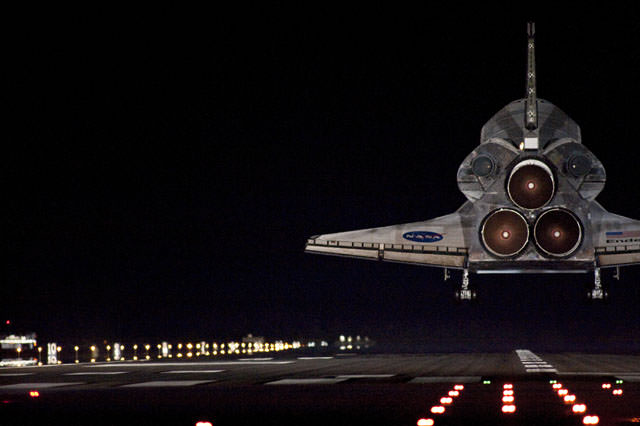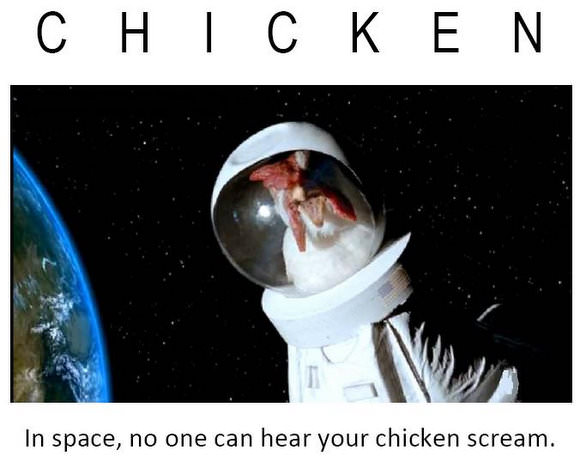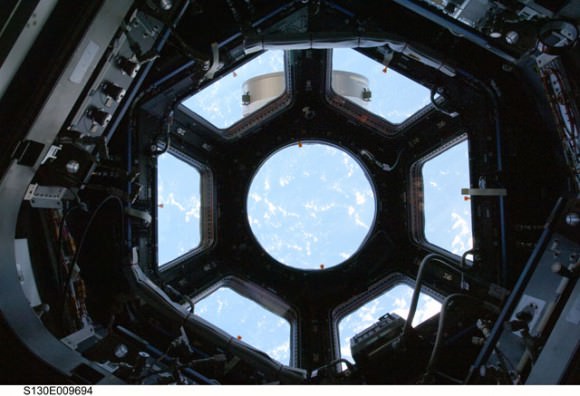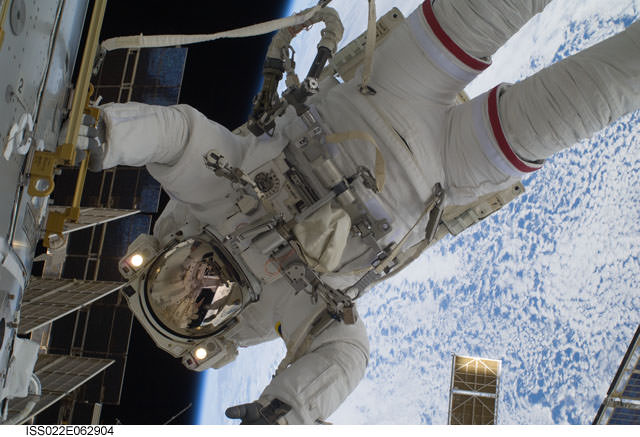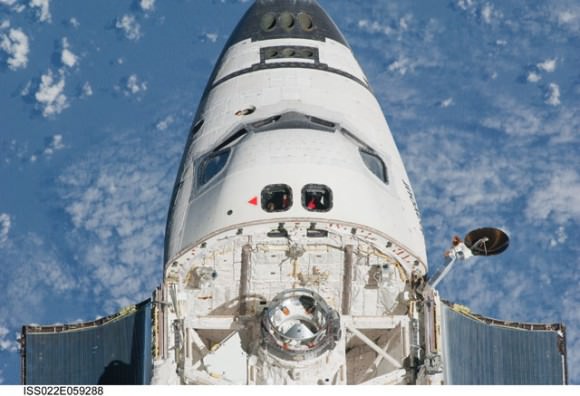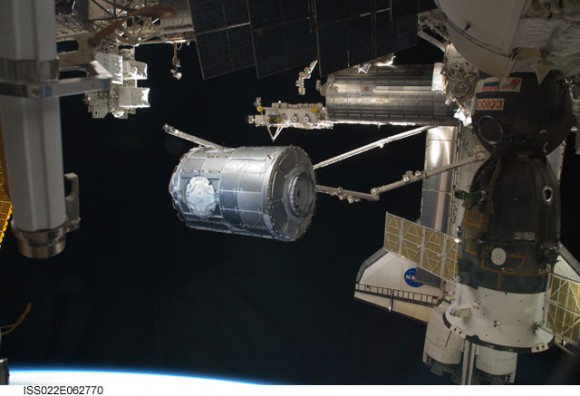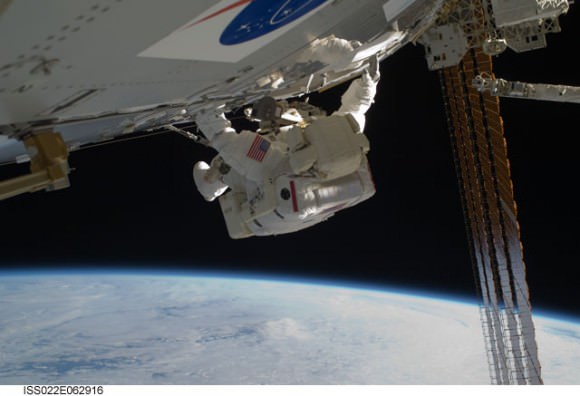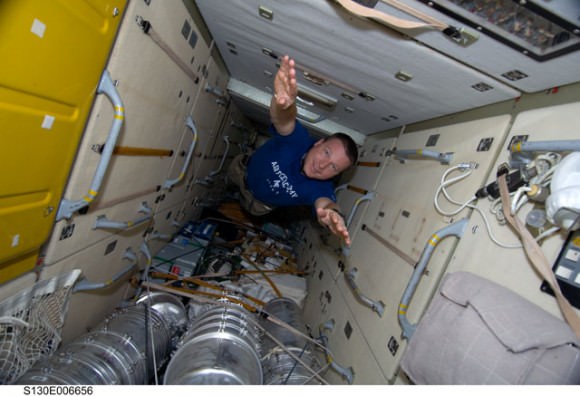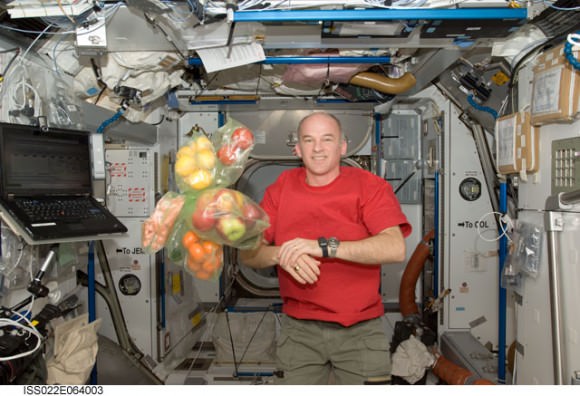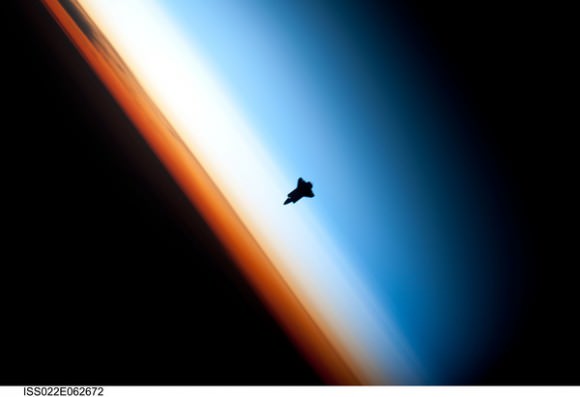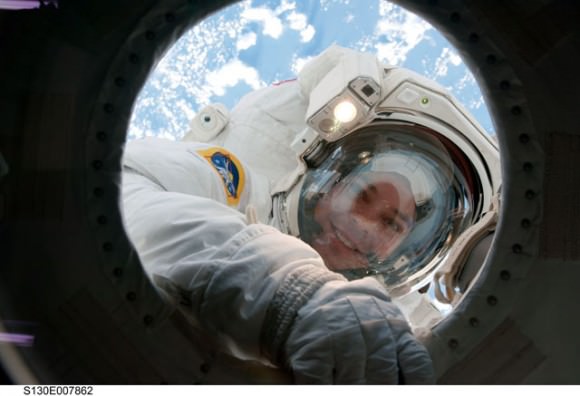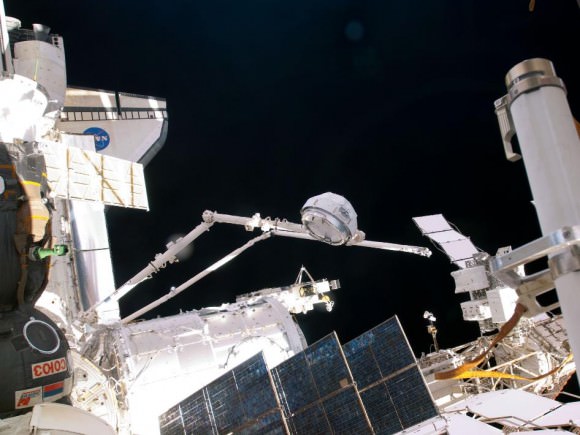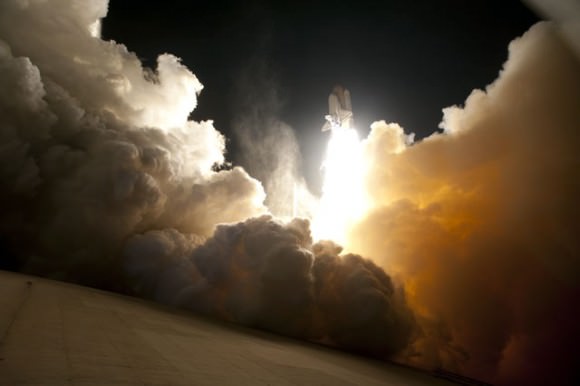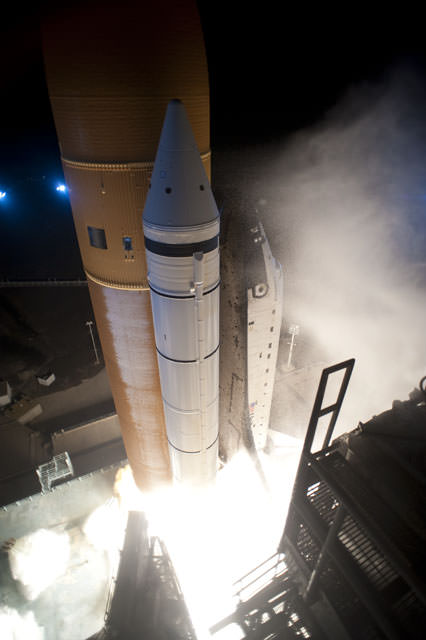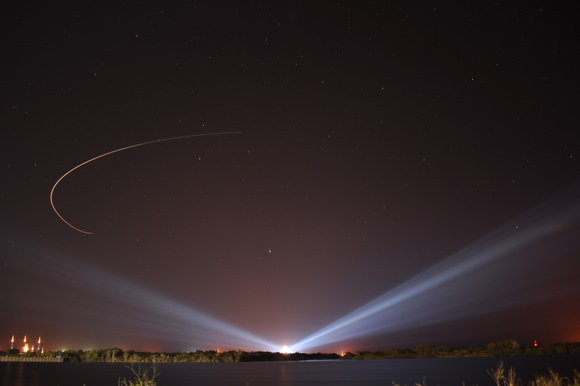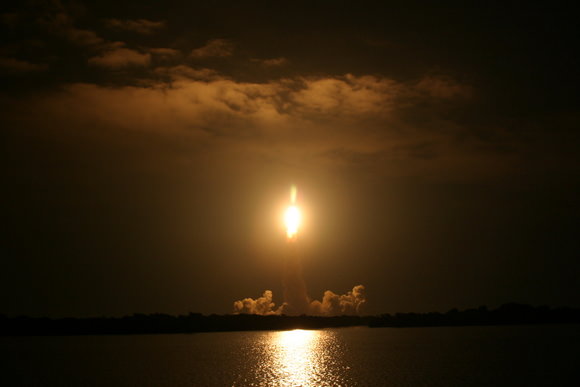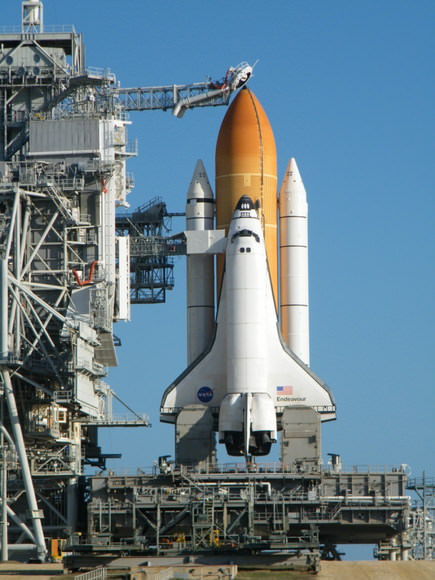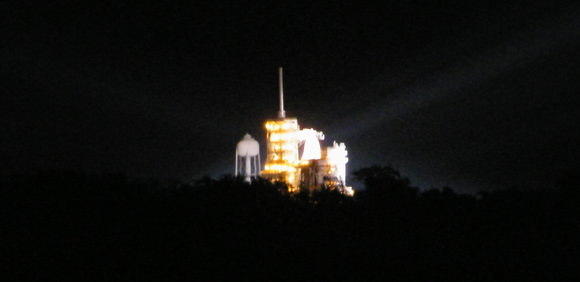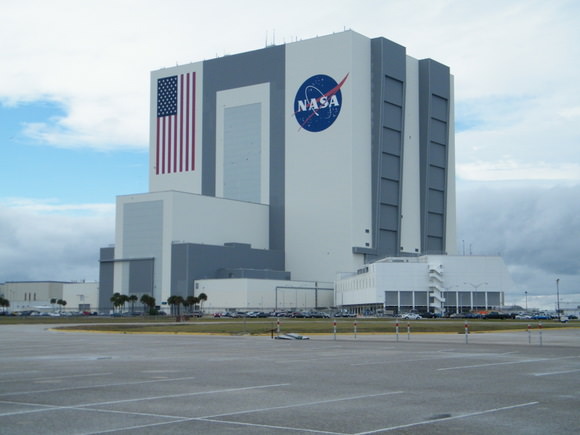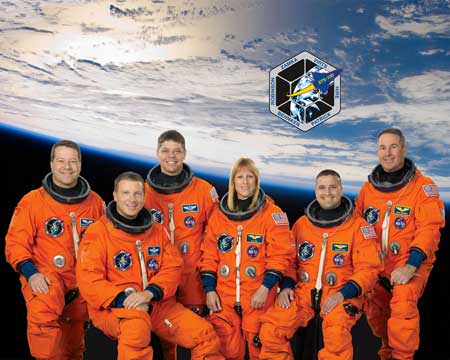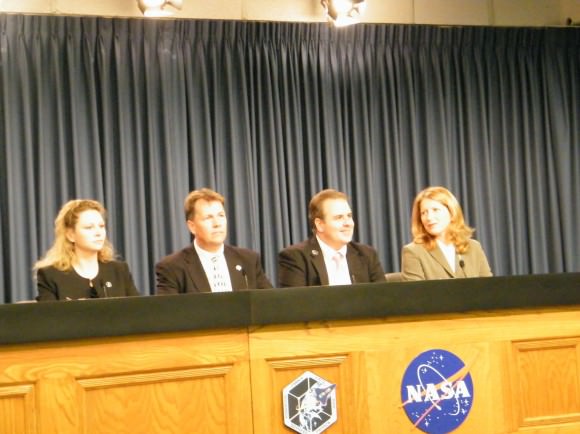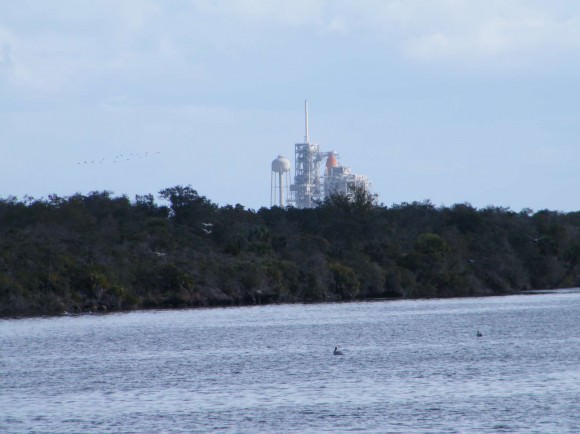[/caption]
Congressional legislators in Florida are mounting a campaign to extend space shuttle operations to 2015, adding two flights each year. U.S. Rep. Suzanne Kosmas said a bipartisan plan is in the works, which would require adding another $200 million to the NASA budget for 2010 and between $1.5 – $2 billion a year starting in the 2011-12 budget year. “We’re not going to do anything that’s not safe,” Kosmas was quoted in Florida Today, adding that securing the funding would be difficult in tight budget times, but “we’re going to go for it,” she said.
At Kennedy Space Center early Monday morning after Endeavour returned home safely following the STS-130 mission, space shuttle program managers confirmed that while the shuttles are in good shape to continue flying, extending the program is not the direction their teams have been headed.
“From a technical, engineering standpoint, there would be nothing stopping the vehicles from being able to fly,” said space shuttle integration manager Mike Moses. “They have a lot of life in them. We talk about the risks and hazards of flying, and that’s a two edged sword. Anytime you’re launching into space is a risky proposition, but this is a vehicle that we understand its risks very well, and we’ve learned how to work around the pieces that can cause us problems – the foam from Columbia is a good example. We’ve come a long way, if you look at the performance of the external tank since then, we have put a set of controls in place that have been paying off and really driving our risk numbers down.”
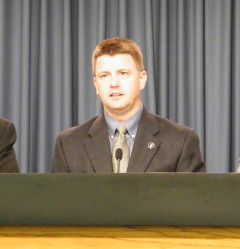
“So we could continue fly,” Moses continued,” and I’m confident we could fly at the rate and the risk level we have been flying and it wouldn’t be hard to do. But it becomes a political question: Is that the right thing to do? And from a budgetary standpoint can you commit the resources of NASA to go continue to fly those vehicles? The direction that we’re getting from (NASA) Headquarters is that we are going off to do bigger things and explore more. Unfortunately the budgetary realities are we can’t continue to do everything and fly the shuttles as well. So while it’s hard to let go and shut down a program, that’s the way the budget works out. But if you want to turn it around you certainly could there is nothing technically that is stopping you from doing it.”
Kosmas said the budget proposed by President Barack Obama’s is not acceptable as is because it would cede the United States’ leadership position in spaceflight in the short term — and possibly the long term. The plan being drafted would direct NASA to examine ways to build a heavy-left rocket by salvaging work done in the Constellation program. Obama’s budget called for the end of Constellation, the architecture that would return astronauts to the moon.
Additionally, another part of the plan being drafted by Florida representatives would require NASA to report to Congress in several months with specific safety requirements for manned commercial rockets. “Congress is responding to the president’s lack of specificity, lack of an action plan, lack of vision and direction,” Kosmas said.
During my time at Kennedy Space Center the past few weeks, the feeling among NASA workers and contractors is that the space shuttles are now in the best shape they have ever been, and the risks and quirks of the vehicles are understood better than ever. The cloud of job losses and a deteriorating economy now hangs over the workforce at KSC and the mood of the entire Space Coast is tentative at best.
The Augustine Commission recommended the shuttles would have to be recertified if they were to fly after 2010, and Moses said that effectively, the work to recertify them has already been done, and if production on External Tanks and other the shuttles could possibly fly until 2020.
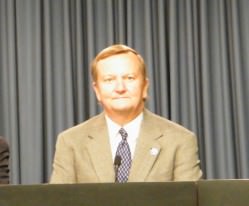
It should be noted that Moses’ and shuttle launch director Mike Leinbach did not bring up the issue of extending the shuttle program, but only were responding to questions asked by several journalists about the possibility of keeping the shuttle program going.
“You guys are really fishing for me to say I want to keep flying the shuttles!” Moses said, while Leinbach expounded more on the reality staring in the face of the workers at KSC, and warned against giving people any false hope.
“We have been very consistent as an agency over the past several years about 2010 being the end of the shuttle program,” Leinbach said. “We have not wavered from that. There were people in the system that didn’t want to believe that. But here we are in 2010 and the reality is starting to hit us. Our direction to shut down the shuttle program after we finish the station is clear. What is not clear is exactly what we are going on to next. You guys are the ones who asked about extending the shuttle program, we didn’t sit up here and mention that. We’ve been very clear with the workforce. It hurts, but they know it is coming. Any talk of extension or anything like that is just … talk.”
What are your views? Should the shuttle program be extended to avoid the lack of US access to space, as well as the loss of aerospace jobs and institutional knowledge? Or is it time to move on?

